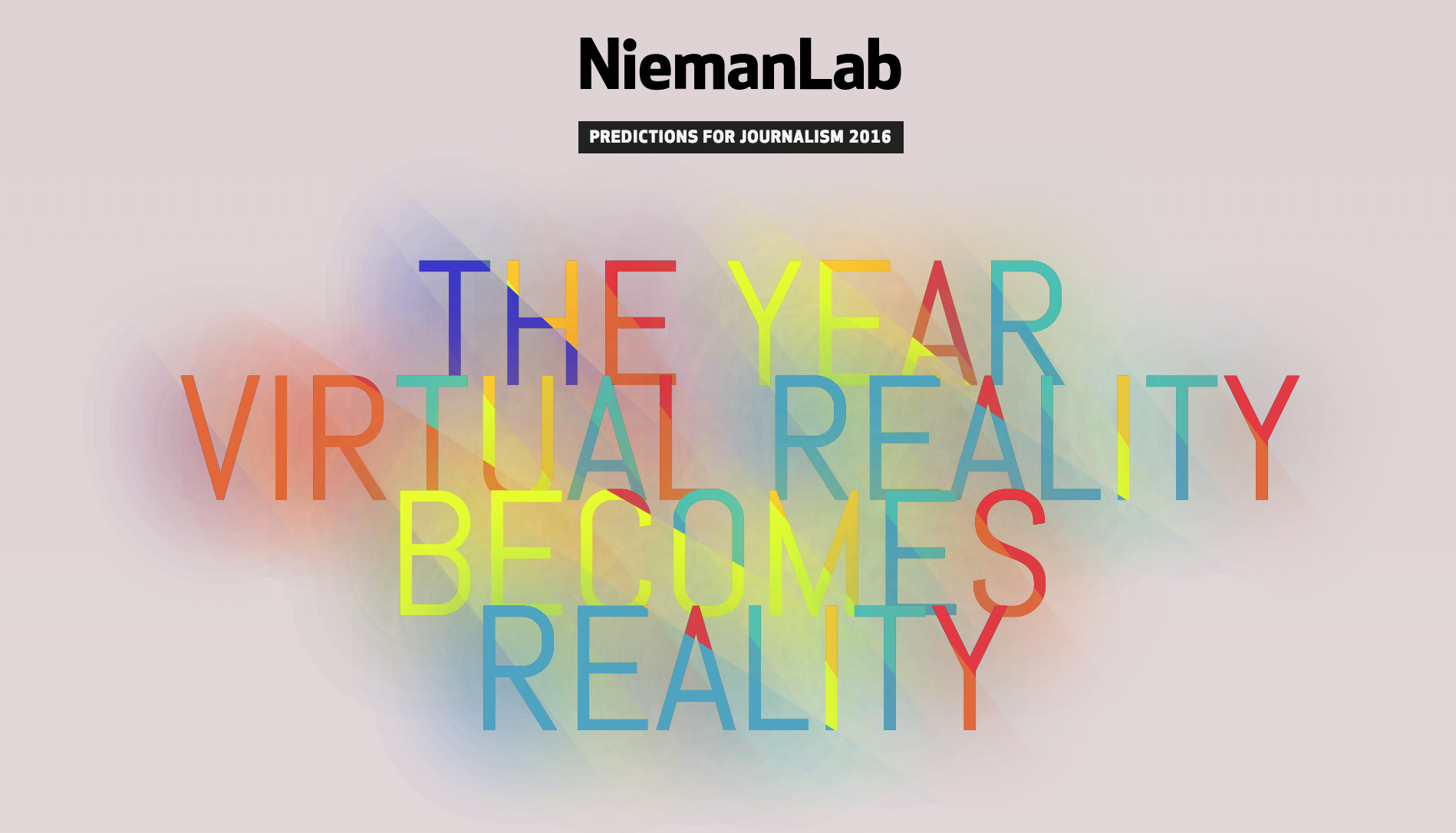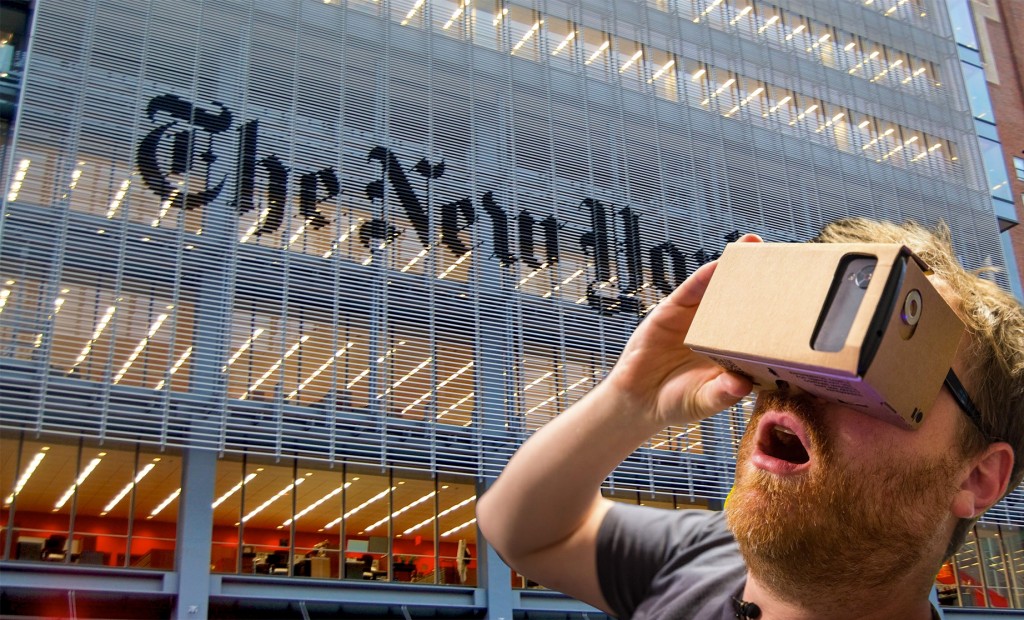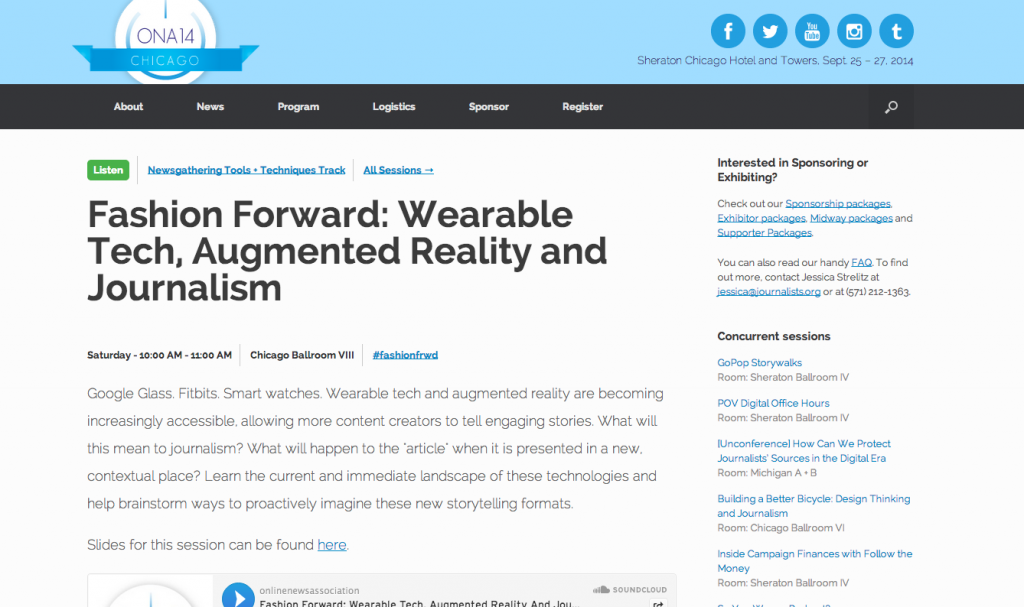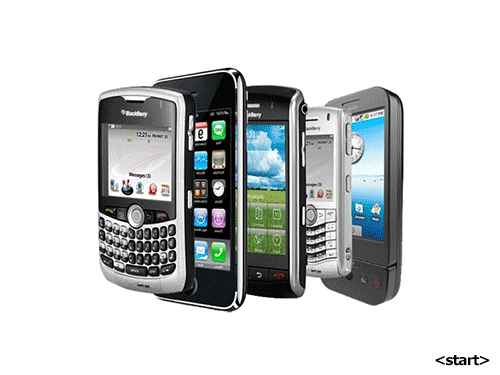Deepfakery: Watch and learn
Notice: Only variables should be assigned by reference in /home3/elprofem/public_html/wjorg/blog/wp-content/themes/wj-theme/functions.php on line 526
Comments off
Call me jaded, but as someone who focuses on emerging tech for their work, it is not often when I hear a session or panel that offers new insights on new tech.
But when that does happen it feels like I struck gold!
That’s way I am writing this post.
Deepfakery is a livestream series pulling in some AMAZING speakers discussing the emerging tech known as Deepfakes. What I really appreciate is that these diverse experts – and they are genuinely diverse and inclusive – are offering insights from so many different aspects, expertise and perspectives.
Go watch these!
They come out every Thursday at 9AM PT / 12PM ET. The irony is that the video quality is choppy, but the content is GOLD!
Congratulations to WITNESS’ Media Lab for putting on the series.
Faking the powerful
Thursday, August 27th, 12:00-12:45 pm EST
Bill Posters and Daniel Howe (Spectre Project) and Stephanie Lepp (Deep Reckonings) in conversation with Sam Gregory (WITNESS)
Not funny anymore: Deepfakes, manipulated media, parody and mis/disinformation
Thursday, September 3rd, 12:00-12:45 pm EST
Jane Lytvynenko (BuzzFeed News), Karen Hao (MIT Tech Review) and Brandi Collins-Dexter (Color of Change) in conversation with Corin Faife (WITNESS)
Using AI-generated Face Doubles in Documentary: Welcome to Chechnya
Tuesday, September 8th, 12:00-1:30 pm (NOTE: different day of week and longer slot as part of MIT Open Documentary Lab public lecture series
David France (Welcome to Chechnya) in conversation with Kat Cizek (MIT Co-Creation Studio)
Boundary lines? Deepfakes weaponized against journalists and activists
Thursday, September 17th, 12:00-12:45 pm EST
Samantha Cole (Vice) and Nina Schick in conversation with Assia Boundaoui (MIT Co-Creation Studio)
Manipulating memories: Archives, history and deepfakes
Thursday, September 24th, 12:00-12:45 pm EST
Francesca Panetta (MIT’s Center for Virtuality) and Halsey Burgund (In Event of Moon Disaster), James Coupe (Thoughtworks Synthetic Media Resident 2020), Yvonne Ng (WITNESS) in conversation with William Uricchio (MIT)
Still funny?: Satire, deepfakes, and human rights globally
Thursday, October 1st, 12:00-12:45 pm EST
Julie Owono (Internet Sans Frontieres) and Evelyn Aswad (University of Oklahoma) in conversation with Sam Gregory (WITNESS)
Still funny?: Political satire in Brazil with Bruno Sartori
Thursday, October 8st, 12:00-12:45 pm EST
Bruno Sartori (Brazilian political and popular deepfake satirist) in conversation with TBC













